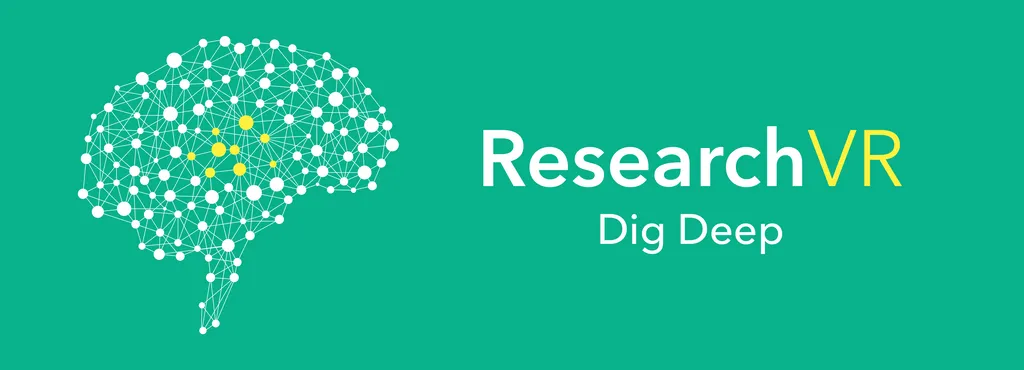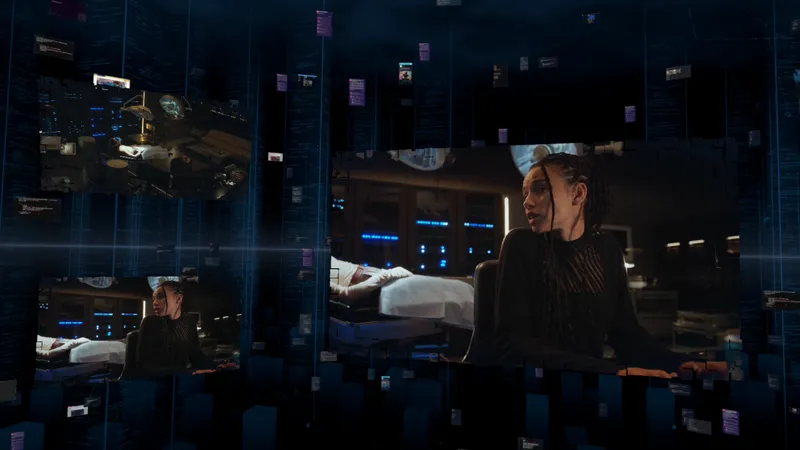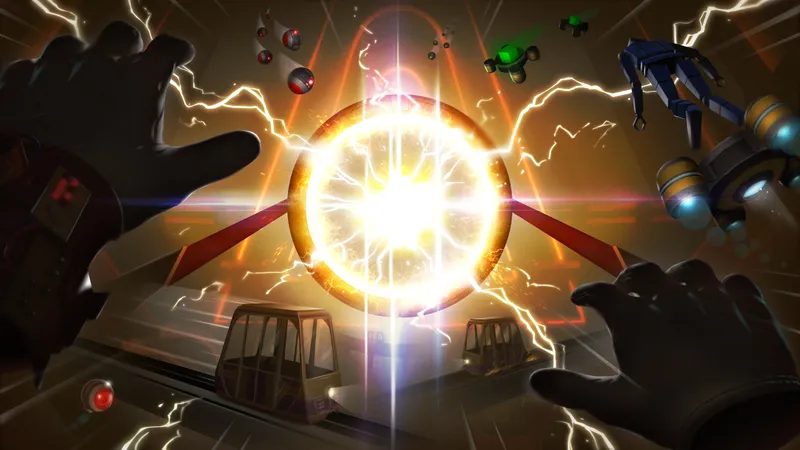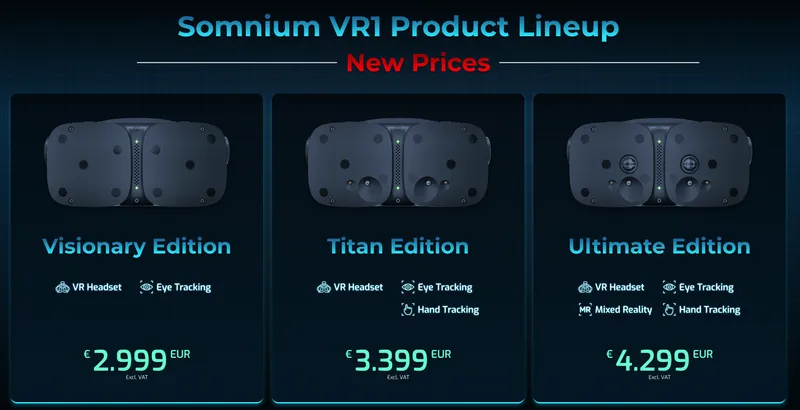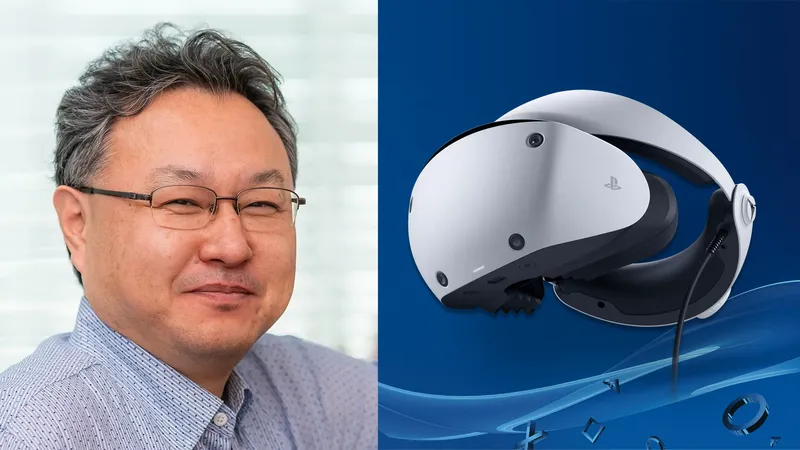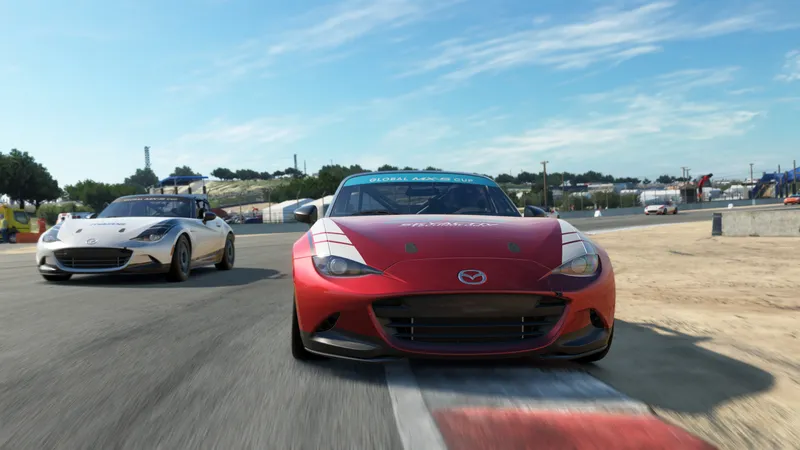This week on ResearchVR we dig deep into the magic behind VR rendering – where and how can we save performance in extremely demanding virtual reality.
Dominic Eskofier is the head of VR for NVIDIA in Europe and few other regions, and he joined us on this week’s podcast. He started in the games business doing magazines and websites for Computec Media GmbH. While at his next job at Rockstar Games he fell in love with modern VR and opened his own startup – Realities.io. As already mentioned, he is now heading up the VR business for NVIDIA in the EMEAI region.
Episode Preview
This week prepare for an episode that you can listen to a number of times and still have something new to learn! Rendering challenges with VR is a topic covering a vast number of subjects. As a matter of fact, it was hard to filter some of them out for this preview, only because each and every one of them felt equally important. Nevertheless, here is a look at some of what we’ve discussed with Dominic.
The KPIs for VR are a little bit tricky because you have to render at 90 FPS, which essentially means you have about 7 times to 8 times the amount of throughput that you have compared to a normal gaming monitor.
If we look at the gaming monitor that runs full HD at 30 FPS, it results in about 60 megapixels pushed through the pipeline each second. If we render for VR, that is two screens with full HD or more, plus both of them at a stable minimum of 90 FPS; we are already at about 450 megapixels per second. As Dominic underlined, that is already 7 to 8 times the calculation requirements of a standard gaming monitor. And this is exactly why we need to search beyond the sheer power of GPUs. And it seems NVIDIA is way ahead of us with their vast arsenal of tricks and powerful improvements across the whole rendering pipeline.
The one surprising feature of NVIDIA’s tools like VR Works is a spatial audio SDK. NVIDIA is a graphics processor-focused company, so why tackle the audio? Well, as Dominic explained to us, audio and visual information are both essentially waves. Therefore, the optics raytracing engine can be just as efficiently used for auditory information simulation.
Learn more in Episode 33 – VR Rendering challenges with Dominic Eskofier from NVIDIA. You can also subscribe this podcast via your favorite app via the subscription button below.

